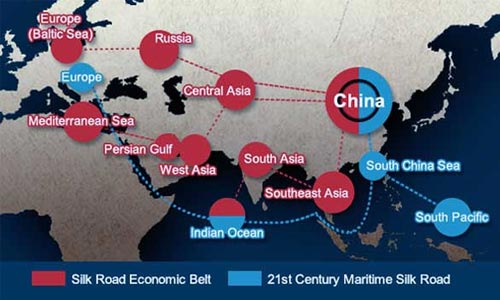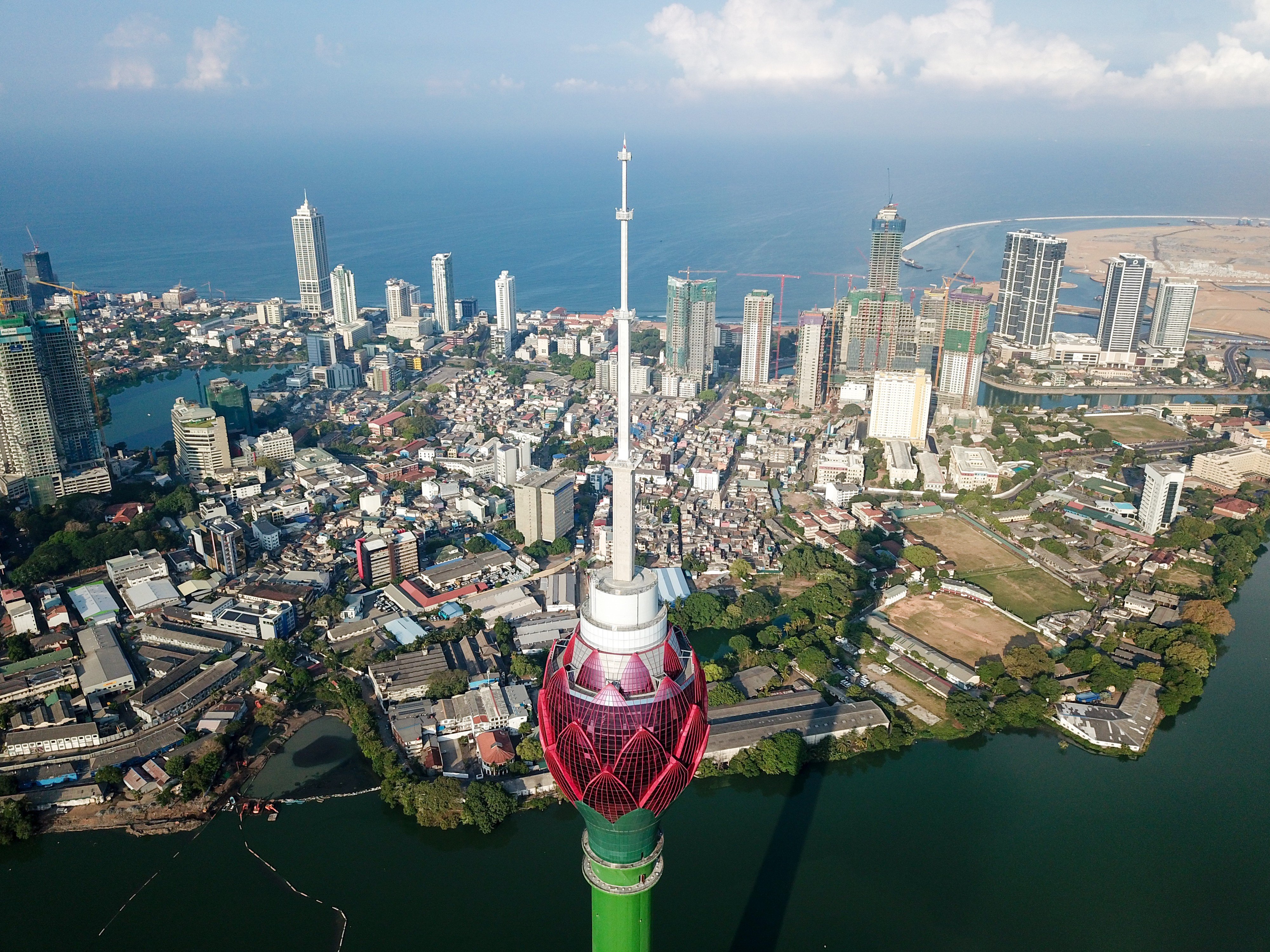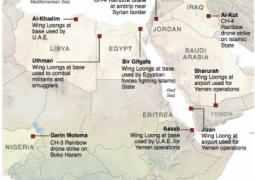China risks falling into the biggest debt trap of all BRI mega-project

- Partner countries have started to seek to renegotiate terms after projects start, meaning China may have to offer more concessions, even as instability threatens the projects. Beijing could end up becoming hostage to the massive loans it is giving out
to exert control over the countries that join its transnational infrastructure investment scheme. This risk, as Deborah Brautigam of Johns Hopkins University recently noted, is often exaggerated by the media. In fact, the initiative may hold a different kind of risk — for China itself.
At the recent belt and road summit in Beijing, Chinese President Xi Jinping seemed to acknowledge the “debt trap” criticism. In his address, Xi said that “building high-quality, sustainable, risk-resistant, reasonably priced, and inclusive infrastructure will help countries to utilise fully their resource endowments”.
This is an encouraging signal, as it shows that China has become more aware of the debt implications of the initiative. A study by the Centre for Global Development concluded that eight of the 63 countries taking part are at risk of “debt distress”.
But, as John Maynard Keynes memorably put it: “If you owe your bank a hundred pounds, you have a problem. But if you owe your bank a million pounds, it has.” In the context of the belt and road, China may turn out to be the banker who is owed a million pounds.
In particular, China may fall victim to the “obsolescing bargain model”, under which a foreign investor starts to lose bargaining power over time as it invests more in a host country. Infrastructure projects are a classic example, because they are bulky, bolted to the ground and have zero economic value if left incomplete.
Unsurprisingly, some belt and road partner countries are now demanding to renegotiate terms, and typically after the projects have started. China may be forced to offer ever more favourable concessions to keep the projects on track.
. According to media reports, the costs of construction were reduced by as much as one-third. Other belt and road countries will probably also ask for debt forgiveness and write-offs, the costs of which will ultimately be borne by Chinese savers.
The Belt and Road Initiative may well have additional hidden costs for China down the road. For starters, it is extraordinarily difficult to make money on infrastructure projects.
There is a widespread belief that infrastructure investment powers economic growth, but the evidence for this is weak. In fact, China itself built much of its current infrastructure after its growth had taken off. In the 1980s and 1990s, for example, China grew much faster than India despite having a shorter railway network.
According to the World Bank, in 1996, China had 56,678km of rail lines , and India had 62,915km. Chinese growth was not jump-started by infrastructure, but by reforms and human capital investments. If growth fails to materialise in the belt and road countries, Chinese companies may end up bearing the costs.
Furthermore, many of China’s belt and road partner countries are risky — including Pakistan, a major recipient of investments under the scheme. In addition to its high political, economic and default risks, the country also scores poorly on education indicators.
This is a potential red flag for Chinese investments in Pakistan, because research suggests that investments in physical infrastructure promote growth only in countries with high levels of human capital. China itself benefited from its infrastructural investments because it had also invested heavily in education.
Nor should the belt and road be compared to the Marshall Plan —the US aid programme to help rebuild Western Europe after the second world war — as an example of how large-scale investment projects can boost growth. The Marshall Plan was so successful — and at a fraction of the belt and road’s cost — because it helped generally well-governed countries that had been temporarily disrupted by war. Aid acted as a stimulus that triggered growth.
Several of the belt and road countries, in contrast, are plagued by economic and governance problems and lack basic requirements for growth. Simply building up their infrastructure will not be enough.
Finally, the Belt and Road Initiative will probably further strengthen China’s state sector, thereby increasing one of the long-term threats to its economy. According to a study by the American Enterprise Institute, private firms accounted for only 28 per cent of belt and road investments in the first half of 2018 (the latest data available), down by 12 percentage points from the corresponding period of 2017.
The belt and road project’s massive scale, coupled with the lack of profitability of China’s state sector, means that projects under the scheme may need substantial support from Chinese banks. Belt and road investments would then inevitably compete for funds — and increasingly precious foreign-exchange resources — with China’s domestic private sector, which already faces a high tax burden and the strains of the trade war with the US.
Moreover, Western firms, an important component of China’s private sector, are retreating from the country. Several US companies, including Amazon, Oracle, Seagate, and Uber — as well as South Korea’s Samsung and SK Hynix, and Toshiba, Mitsubishi, and Sony from Japan – have either scaled down their China operations or decided to leave altogether. Partly as a result, US foreign direct investment in China in 2017 fell to US$2.6 billion from US$5.4 billion in 2002.
This is a worrisome development. Through the belt and road project, China is building ties with some of the world’s most authoritarian, financially opaque and economically backward countries. At the same time, a trade war, an ever-stronger state sector and protectionism are distancing China from the West.
China has grown and developed the capacity to undertake belt and road projects precisely because it opened its economy to globalisation, and to Western technology and know-how. Compared to its engagements with the West, the Belt and Road Initiative may entail risks and uncertainties that could become more problematic for the Chinese economy. As the Chinese economy slows down, and its export prospects are increasingly clouded by geopolitical factors, it is worth rethinking the pace, scope and scale of the project.
- Previous Foreign Diplomats Criticized for ‘Backdoor’ Meetings With Taliban. They see Taliban legitimacy as a “future government” in Afghanistan
- Next China’s biggest chip maker, SMIC, to withdraw from NYSE: loose access to international funding













